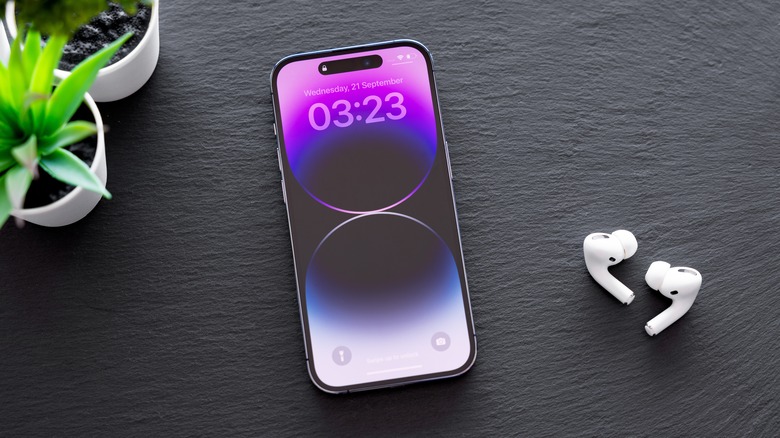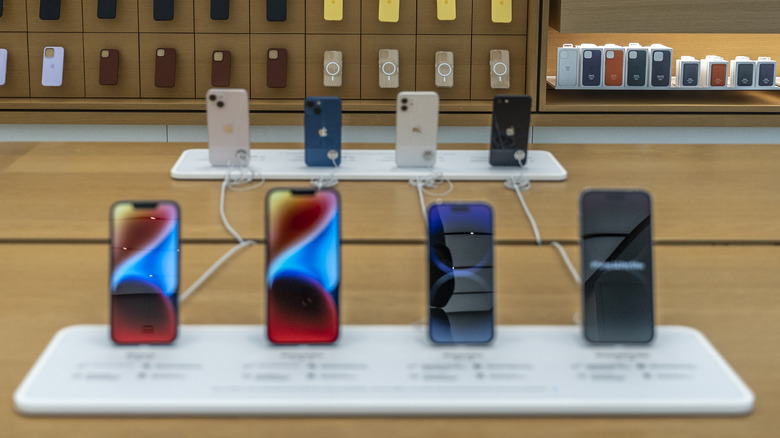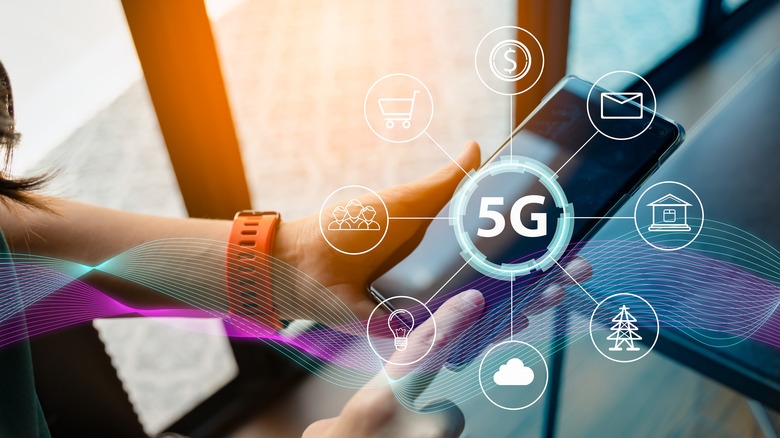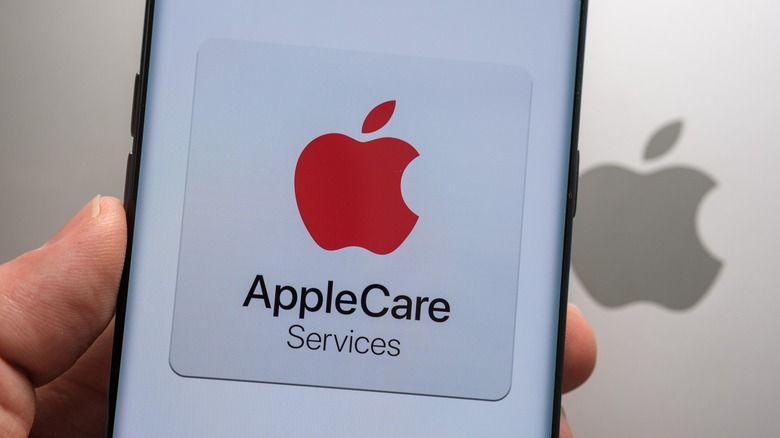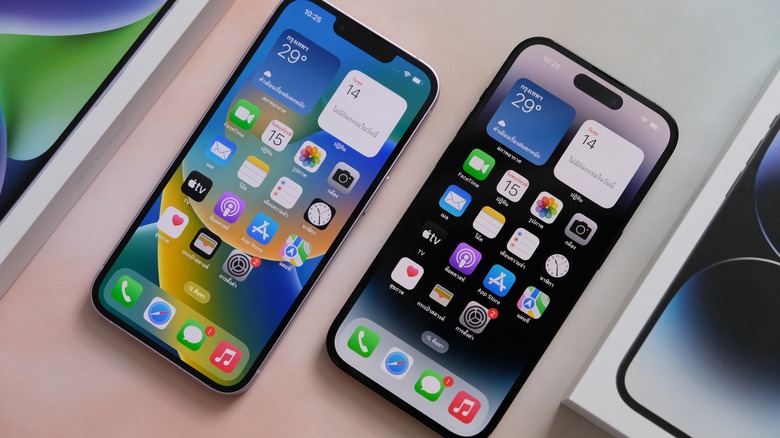Hidden Costs To Consider Before Buying A New iPhone
We may receive a commission on purchases made from links.
Planning to purchase a new iPhone? Well, prospective customers can read all about the features and the price of the model they want, but it's very possible to end up spending about 30-40% more than the basic cost of an iPhone. Depending on the storage model, accessories, and services purchased, the effective price of an iPhone could increase significantly.
These are the hidden costs of buying an iPhone, and that is why consumers might spend much more than the MSRP set by Apple. Although some of these expenses are unavoidable — such as getting a mobile data plan — knowing about these expenses will help people make smart decisions.
Before discussing the hidden costs of buying an iPhone, here are the starting prices of the latest iPhone models. The vanilla iPhone 14 (128GB) costs $799, while the iPhone 14 Plus (128GB) costs $899. In the Pro league, the iPhone 14 Pro (128GB) is available for $999, and the 6.7-inch iPhone 14 Pro Max (128GB) is available for $1,099.
For comparison, the iPhone 13 (128GB), with the powerful A15 Bionic chipset and a 12MP dual rear-facing camera system, is listed on Apple's website for $699. However, this doesn't include the state and local tax, which ranges from 8.5-13%, depending upon the state, which is the first hidden cost paid when getting a new iPhone.
You'll likely purchase these essential accessories
Everyone generally needs to purchase a few accessories with their iPhone, irrespective of the model or storage variant they get, which adds to the phone's effective cost. First, most will buy a wall adapter, since Apple does not provide one in the iPhone's box. The 20W USB-C Power Adapter is listed on the company's website for $19.00. Even third-party chargers like the Anker USB-C Charger 20W means new iPhone owners will likely spend around $15, or something similar.
New iPhone owners would likely want to purchase a protective case and a screen guard for the phone, because the front and the rear glass cost hundreds of dollars to repair. Apple sells the iPhone 14 Silicone Case with MagSafe for $49. Although the case's quality and finish are good, the price could be too steep for some customers. Similarly, the iPhone 14 Clear Case with MagSafe costs $49.00, while the Leather Case with MagSafe costs $59.00. Third-party cases could also cost around $20, depending on the quality.
The iPhone 14 has a beautiful 6.1-inch OLED screen that produces vibrant colors, even at tricky viewing angles. Applying a screen protector to guard from accidental falls or regular wear and tear is essential. The popular accessories maker, Spigen, sells two iPhone 14 screen protectors for $15.99. Adding up the cost of the iPhone, a charger, a protective case, and a screen protector, new iPhone owners are likely to spend about $60-$90 more than the iPhone's cost.
Be careful while selecting contract plans
There are two ways to purchase an iPhone: an unlocked version from Apple in exchange for a fee over the cost of the iPhone, or through a carrier. If the iPhone 14 (128GB) is $799 upfront, the unlocked version will cost $829 for the same storage version. This way, buyers can select a service provider later and have the flexibility to switch from one provider to another.
Alternatively, buyers can purchase a new iPhone directly from a provider like Verizon, AT&T, and Sprint. They usually provide it on a contract, which helps them spread the price of the iPhone in small monthly installments to reduce upfront cost. To lure more customers, these companies run promotional offers on several iPhone models, wherein a new customer pays for the voice and data plan, and the company subsidizes the cost of the iPhone initially.
For instance, on Verizon's website, an iPhone 14 (128GB) with the company's 5G Start plan would cost about $102.22 per month (one new line) for 36 months. However, as a part of an ongoing offer, there's an $80 per month plan (one new line) for 36 months for the iPhone 13 (128GB) with the same 5G Start plan. There's also taxes buyers must pay the same day to place the order, which could be between $45 to $60, depending on the selected plan.
You might want to get AppleCare as well
AppleCare, or any accidental damage insurance, is yet another overhead while purchasing an iPhone. Apple's official website sells AppleCare+ along with iPhones. The insurance service includes unlimited repairs for accidental damage, Apple-certified repairs using genuine parts, and Express Replacement Service.
Although getting insurance with an iPhone is not compulsory, the screen and back glass replacement cost — which is estimated to be well over $200 and $150, respectively — might make AppleCare more appealing. For users in the United States, Apple also provides AppleCare+ with Theft and Loss coverage for up to two incidents every 12 months.
Even if buyers are getting their iPhone through a network operator, you can add a fee to the monthly installment in exchange for insurance. For example, Verizon provides Mobile Protect insurance (against loss, theft, and damage) for $17 a month. However, the nature of services changes depending on the company chosen. Not everyone needs to get insurance for their iPhone, especially those who put up for all the protective accessories ahead of time, and are careful phone users.
However, if you like to use your iPhone without a case and a screen protector, you should explore the available insurance options. For an iPhone 13 (128GB) or an iPhone 14 (128GB), AppleCare+ costs $149 — whereas, for the iPhone 14 Plus (128GB), the service costs $179 for two years. If you decide to get insurance, it is yet another hidden cost to consider before getting an iPhone.
Tips to save money while purchasing an iPhone
Now that you know about all the hidden costs of buying an iPhone, here are a few tips that can save buyers a few hundred dollars. Many Apple fans wait to purchase or upgrade to the latest iPhone yearly. However, that is becoming less of a good idea, especially now that the regular iPhone is more similar to its predecessor than ever. For two reasons, going for the last year's iPhone is a better investment:
First, it will offer a matching set of features, barring some specific new features that might not even be necessary (or even a hindrance) for the iOS experience in any way. Second, the older iPhones are available at a discounted price, even on Apple's website. As a rule, always check the price at different retailers to get the best deal.
Consider the iPhone 14 and the iPhone 13 for a moment. Buyers can save a hundred bucks if they decide to go for the iPhone 13. Additionally, during the Holiday sale, it's often easy to find the phone at a lower price.
Last but not least, do not go for higher storage models unless you genuinely need them. While getting the iPhone 13 (256GB) will cost buyers $799, you can go for the 128GB variant for $699 and pay $2.99 a month to vail 200GB of cloud storage via iCloud, which also offers other services such as Private Relay and password management.
Now, prospective buyers should have an idea about all the hidden costs to consider before buying an iPhone.
